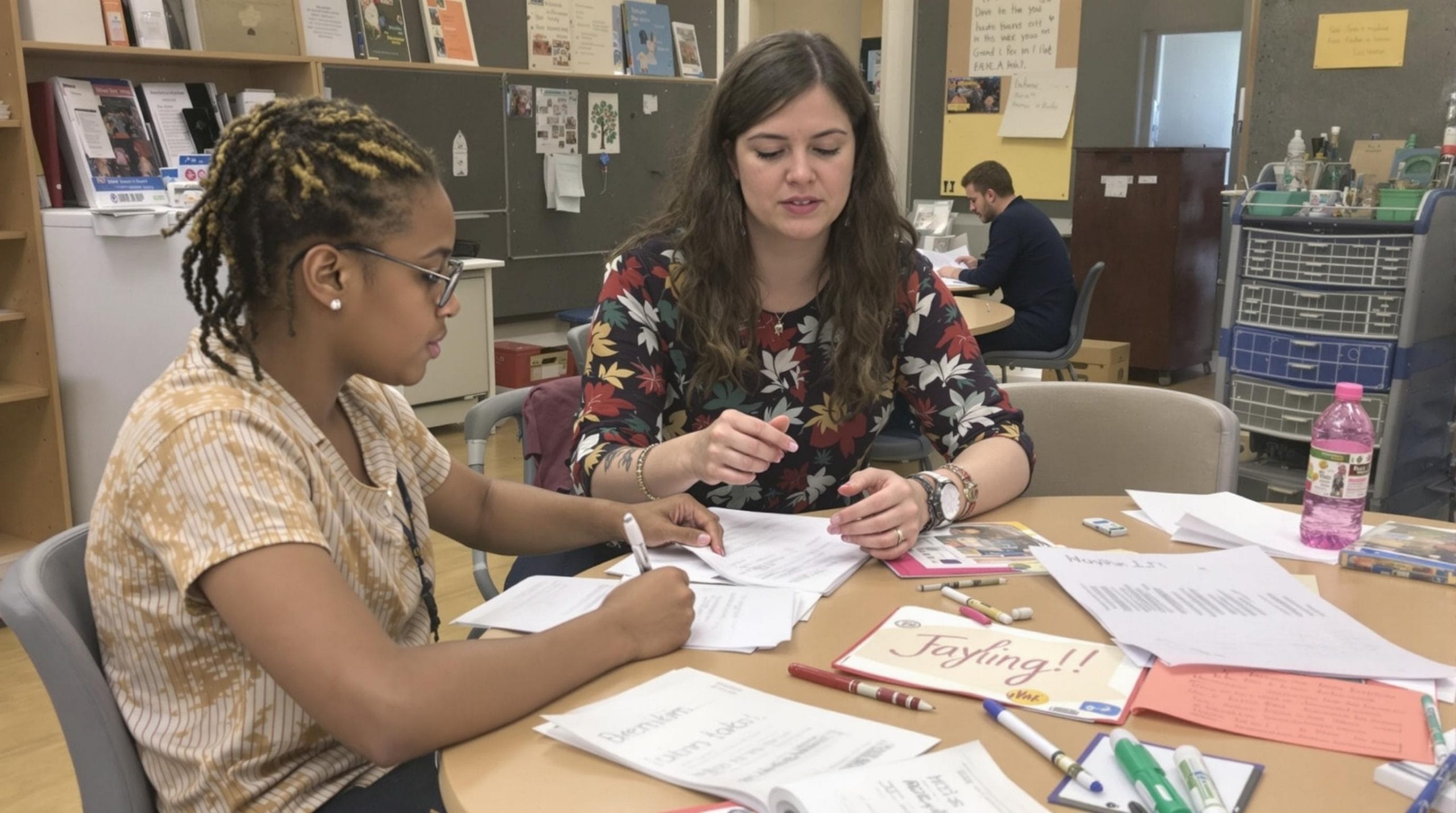Foxx, Mamdani: New Dem Priorities for a New Era
The July 2025 Democratic primary in Arizona’s 7th District became a defining moment for the party’s generational divide, as 25-year-old Deja Foxx challenged the established political dynasty of the Grijalva family. Her campaign represented a broader national movement of young progressives seeking to reshape Democratic priorities, similar to new Democratic pathways emerging across the country.
Key Takeaways
- Deja Foxx, at 25, would have been the first Gen Z woman in Congress if elected
- She raised over $600,000 primarily from small-dollar donors with an average contribution of $29
- Despite polling at 35% by late June, Foxx finished with only 21.1% of the vote
- Adelita Grijalva won decisively with 63.1%, backed by AOC, Bernie Sanders, and Arizona’s Democratic establishment
- The race highlighted tensions between digital-first organizing and traditional ground game politics
A New Generation Challenges the Dynasty
The special election was triggered by the death of longtime progressive Rep. Raúl Grijalva, creating an opportunity for generational change in one of Arizona’s safest Democratic seats. Deja Foxx emerged as the face of this movement, positioning herself as the candidate of urgency and fresh representation.
Foxx’s background as a political rally organizer, social media influencer, and former campaign aide to Vice President Kamala Harris gave her national recognition. Her advocacy for reproductive justice and LGBTQ+ rights resonated with younger voters seeking new voices in Congress.
The campaign drew immediate comparisons to Alexandria Ocasio-Cortez’s upset victory in 2018, with Foxx emphasizing her “lived experience” and the need for representatives who understood the urgency of issues like climate change and reproductive rights. Her grassroots fundraising model, relying heavily on small-dollar donations, demonstrated the potential for youth-driven campaigns.

The Establishment Strikes Back
Adelita Grijalva, 54, represented the continuity candidate in this race. As the daughter of the late Rep. Raúl Grijalva and former Pima County Supervisor, she brought decades of local organizing experience and deep community roots to her campaign.
Her endorsement list read like a who’s who of progressive politics, including AOC, Bernie Sanders, EMILY’s List, and both Arizona senators. This establishment support provided crucial infrastructure and voter mobilization capabilities that Foxx’s digital-first approach couldn’t match.
The contrast was stark: while Foxx generated headlines and social media buzz, Grijalva methodically built a traditional ground game. Her campaign framed the choice as one between proven experience and untested potential, a message that ultimately resonated with primary voters.
Understanding Arizona’s 7th District
Arizona’s 7th Congressional District presents a complex political landscape that favored traditional organizing methods. According to DataUSA, the district’s 804,461 residents have a median age of 34 and median household income of $58,120.
The district’s diversity is striking, with key demographic breakdowns including:
- White (Non-Hispanic): 29.1%
- Two Races Including Other (Hispanic): 22.9%
- White (Hispanic): 18.7%
- Other (Hispanic): 14.7%
- Black or African American (Non-Hispanic): 3.36%
Significantly, 46.8% of households speak a non-English language at home, highlighting the importance of multilingual outreach and deep community connections. This demographic reality favored candidates with established local networks over those relying primarily on digital engagement.
The district stretches from Tucson to Phoenix suburbs, including border communities and sovereign Native nations. Its safely Democratic nature meant the primary was effectively the general election, intensifying the stakes for both campaigns.
Campaign Finance and Organizing Models
Foxx’s fundraising success told a compelling story about grassroots energy and the potential for small-dollar campaigns. Her ability to raise over $600,000 with an average donation of $29 demonstrated significant enthusiasm among younger donors and progressive activists nationwide.
Her endorsements came primarily from organizations focused on youth political engagement and LGBTQ+ advocacy, including LPAC, ASPIRE PAC, and Leaders We Deserve PAC. These groups represented the emerging coalition of young progressives seeking to reshape Democratic politics.
However, this digital-first approach struggled against Grijalva’s traditional organizing model. The established candidate’s deep local relationships and institutional support proved more effective at voter mobilization in a district where personal connections and community trust matter significantly.
The Results and Their Implications
The July primary results were decisive: Grijalva’s 63.1% victory over Foxx’s 21.1% represented more than just a local contest. It highlighted the enduring power of party infrastructure and established networks in Democratic primaries, even in an era of supposed anti-establishment sentiment.
Foxx’s campaign had shown momentum, rising from 10% support in mid-May to 35% by late June according to polling. This trajectory suggested that longer campaign periods might favor insurgent candidates who need time to build name recognition and organization.
The race paralleled broader national tensions within the Democratic Party, similar to contests where new progressive voices have challenged establishment figures. However, it also demonstrated that local factors often outweigh national narratives in congressional primaries.
New Democratic Priorities in Action
Both campaigns emphasized progressive priorities, but framed them differently. Foxx positioned herself as the candidate of urgency, arguing that issues like climate change and reproductive rights required immediate action from representatives who would live with the consequences of today’s decisions.
Grijalva, while equally progressive on policy, emphasized her ability to deliver results through established relationships and proven experience. Her campaign suggested that effective governance required more than passion and digital savvy.
The policy differences were subtle but significant. Foxx’s focus on reproductive justice and LGBTQ+ rights reflected the priorities of younger Democratic voters, while Grijalva’s emphasis on border issues and immigrant rights resonated with the district’s Latino population and established progressive base.
Lessons for Democratic Politics
The Arizona 7th District primary offers several lessons for Democratic politics moving forward. First, digital organizing and grassroots fundraising can generate significant resources and attention, but they don’t automatically translate into votes without traditional ground game support.
Second, the race demonstrated that establishment endorsements still carry weight in Democratic primaries, particularly when they come from trusted progressive figures. AOC and Bernie Sanders’ support for Grijalva likely influenced voters who might otherwise have been drawn to Foxx’s insurgent campaign.
Third, the importance of local connections and community trust cannot be overstated in diverse districts where personal relationships often determine political outcomes. This reflects broader challenges facing American democracy as it grapples with changing communication patterns and political engagement.
Finally, the race highlighted generational tensions within the Democratic Party that extend beyond simple age differences to encompass different approaches to political organizing, communication, and coalition building.
Looking Forward
While Foxx’s campaign ultimately fell short, it demonstrated the potential for young progressives to mount serious challenges to established political dynasties. Her ability to raise substantial funds and generate national attention suggests that Gen Z political engagement will continue to shape Democratic primaries in the coming years.
The campaign also revealed the ongoing importance of traditional organizing methods in diverse districts where digital engagement alone isn’t sufficient. Future campaigns will likely need to blend both approaches more effectively to compete against establishment candidates with deep local roots.
Grijalva’s victory ensures continuity in the district’s representation, but the closeness of the race and Foxx’s strong showing suggest that generational change remains a powerful force in Democratic politics. The challenge for the party will be integrating these new voices and priorities while maintaining the coalition building necessary for electoral success.
Sources
ABC News – House special election primary in Arizona
DataUSA – Congressional District 7, AZ
Wikipedia – Arizona’s 7th congressional district
Wikipedia – 2025 Arizona’s 7th congressional district special election
latest video
news via inbox
Nulla turp dis cursus. Integer liberos euismod pretium faucibua





